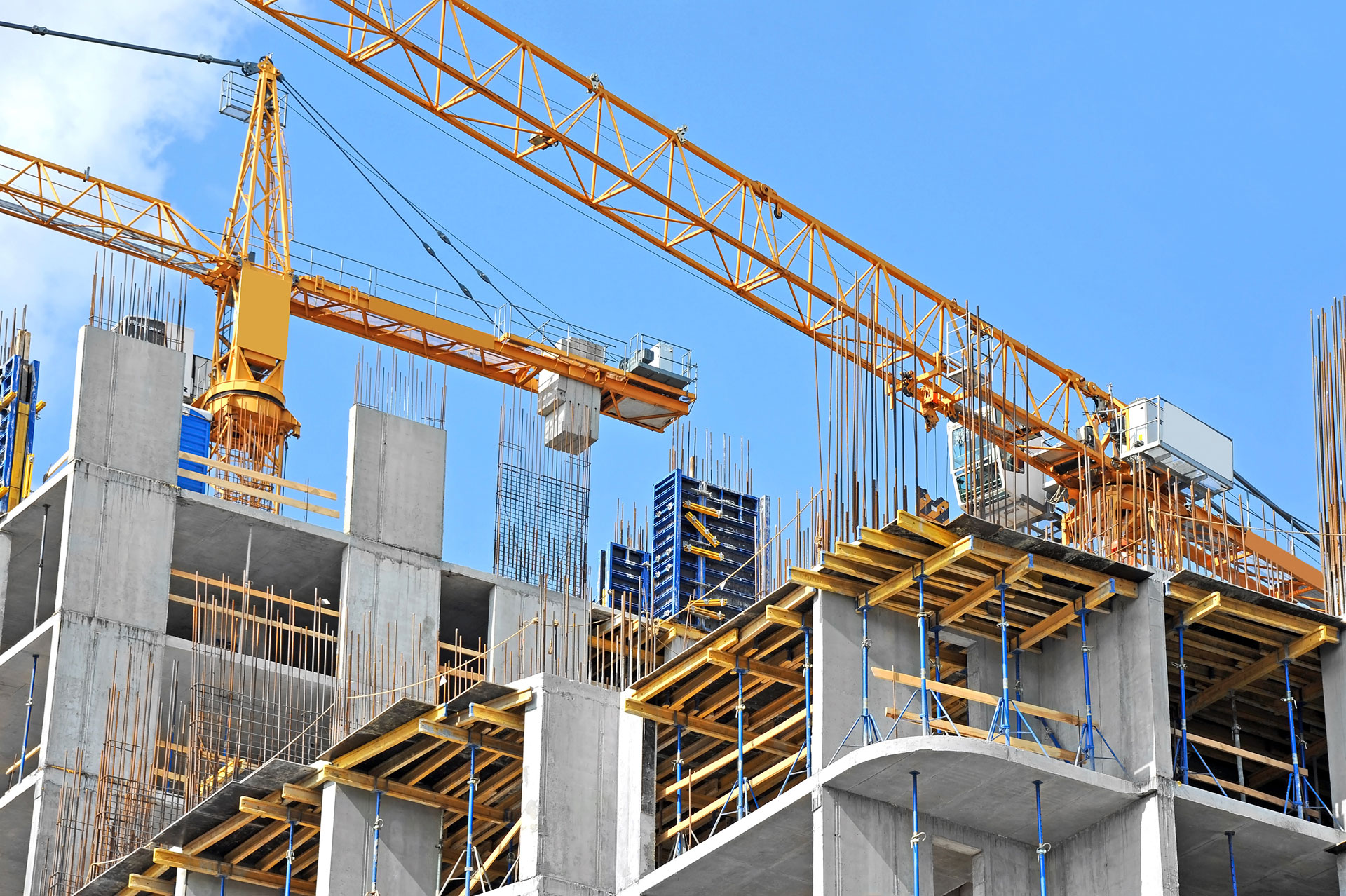Constructing The Future: Prospects of Sustainable Structural Design

The field of structural engineering plays a crucial role in forming the material world surrounding us. From imposing skyscrapers and landmark bridges to domestic homes and intricate infrastructures, structural engineers are the specialists who ensure that these edifices are not only aesthetically pleasing but also safe and long-lasting. As society continues to progress, the demands on our buildings are shifting, leading to new techniques and materials that prioritize environmental responsibility and robustness. This article will explore the intriguing world of structural engineering, providing understandings into its role and the latest trends that are paving the way for a more sustainable future.
As we gaze forward, it's essential to understand the diverse responsibilities held by structural engineers in current construction. Their knowledge is critical in addressing complex design challenges, for example balancing strength and aesthetics while guaranteeing public safety. With the ongoing advancements in technology, like 3D modeling and improved software tools, the future of structural engineering holds exciting possibilities. Throughout this article, we'll analyze key concepts including the evolution of materials, the science behind earthquake-resistant designs, and the role of structural engineers in disaster recovery, illuminating just how essential they are to creating a sustainable tomorrow.
Comprehending Structural Engineering
Structural engineering represents a unique discipline within civil engineering that concentrates on the creation and analysis of edifices which withstand or counter loads. It covers diversity from viaducts and tall structures to domestic dwellings and sports complexes. Structural engineers make certain that these structures can tolerate the multiple stresses they encounter, including weight, air pressure, and earthquakes. By applying theories of physics and engineering materials, they develop reliable and effective designs which satisfy the intended use of the building.
The function of structural engineers is vital in modern construction initiatives. They collaborate closely with architects and other professionals to ensure that the design vision is feasible while simultaneously being safe in design. This entails computing forces, assessing materials, and employing cutting-edge tools such as 3D modeling software. Each project presents distinct obstacles, and structural engineers have to modify their solutions to satisfy unique site conditions, building codes, and safety regulations.
As the globe evolves, so also evolves the field of this engineering specialization. Innovative materials and approaches are arising to boost eco-friendliness and strength in designing buildings. With climate change and urbanization introducing new issues, structural engineers stand at the forefront of developing solutions that integrate aesthetics, effectiveness, and sustainability. The future of structural engineering is set to witness advancements that not only shape our skylines but also contribute to more secure, environmentally friendly construction practices.
Advancements and Movements in Structural Engineering

The area of structural engineering is continuously developing, with innovations influencing the way structures and public works are constructed and erected. One prominent movement is the growing use of cutting-edge materials such as CFRP and ultra-high-performance concrete. These materials not only enhance structural integrity but also support to sustainability by reducing the environmental impact associated with construction. The focus on energy-efficient designs is pushing engineers to research materials that offer superior strength while being more lightweight and more environmentally friendly.
Another crucial trend is the utilization of digital technologies in the planning and analysis methods. BIM is transforming how structural engineers partner with architects and other fields. By creating a thorough digital representation of a project, BIM allows for enhanced visualization, coordination, and management of construction processes. Additionally, the integration of artificial intelligence and automated learning is enabling engineers foresee potential structural issues and refine designs, ultimately contributing to safer and more effective structures.
Green practices is at the forefront of modern structural engineering approaches. Engineers are progressively focusing on environmental certification and sustainable construction methods. temporary works Surrey includes implementing techniques such as modular building, which minimizes waste and enhances energy efficiency. As the call for sustainable structures rises, the role of structural engineers is becoming more critical in ensuring that projects not only comply with safety standards but also benefit the environment and community.
The Role of Civil Engineers in Sustainable Design
Structural engineers hold a crucial function in enhancing environmental responsibility within the built setting. By integrating eco-conscious design principles, they aid minimize the ecological impact of construction projects. This comprises selecting materials that are sustainably sourced and maximizing the use of materials to lower waste. Civil engineers collaborate closely with designers and builders to ensure that sustainability is embedded into every aspect of the project, from the foundation to the final details.
Innovative technologies and methodologies are increasingly being embraced by civil engineers to increase sustainability. For example, the integration of sophisticated computational tools enables better analysis and modeling of buildings, leading to more efficient designs that use less materials without sacrificing safety or performance. This innovative approach not only adds to the physical integrity of buildings but also aligns with broader goals of reducing carbon footprints and boosting energy efficiency.
Additionally, civil engineers are crucial in the lifecycle assessment of structures, evaluating how their designs will perform over time. They examine factors such as energy consumption, longevity, and the capacity for reuse or recycling of materials at the end of a structure's life. This thorough approach ensures that structures are not just eco-friendly during building but remain environmentally responsible throughout their entire existence, thereby fostering a more sustainable future in architecture and engineering.
